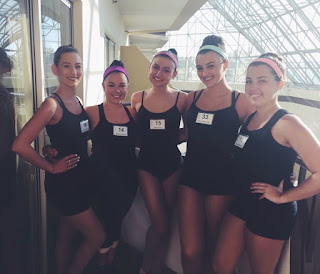- Co-construct
- Scaffolding
- Zone of Proximal Development
- Inter-Psychological Development
- Meeting of the Minds
- Tested Knowledge
- Reciprocal Transformation
- Mental Bridge
- Implicit Theories
- Theoretical Thinking
10 People That Have Co-Constructed My Life:
- My mom (Penny)
- My dad (Russell)
- My boyfriend (Jim)
- My grandma (Posie)
- My boss/dance teacher (Miss Carolyn)
- My best friend (Gianna)
- My best friend (Jenna)
- My best friend "little sister" (Julia)
- My high school principal (Mr. Barbieri)
- My coworker/second mom (Miss Chryssa)
There have been so many people in my life that have impacted me in one way or another. The person I chose to write about is my dance teacher Miss Carolyn. She has not only taught me how to stand up straight and pointe my toes, but to be a strong independent woman. The lessons she taught me went far past the ballet barre. She has been there for me in good times and bad... and I know she would always be there to support me. She has taught me how to be a leader and given me countless opportunities to show my true talent. I was never one to be confident and through all of the tears she taught me to be happy with myself and show the world who I really am. I know for a fact that I would never been the woman I am today without being apart of the dance family. She has introduced me to so many of my best friends who luckily for me have the same passions and interest as I do. I never felt left out at dance. Over the years as I have grown up I realized that she is harder on the dancers and young girls that she saw something special in. She was never "picking on me" but only trying to bring out my full potential. I am so grateful for the relationship we have today and I see her as a second mother. I mean she practically raised me and I see her more than my own family most of the time. Dance has changed my life and opened so many doors for me and all of that is because of Miss Carolyn. She is so much more than just a dance teacher to me and I am forever thankful!











